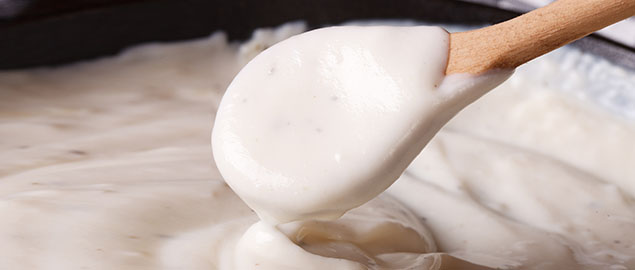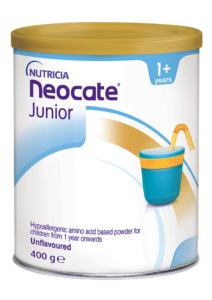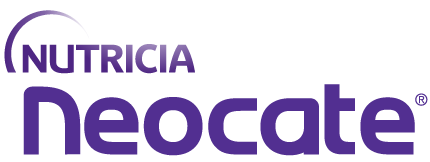Neocate Dairy-free White Sauce

*Image for illustration purposes only and may differ from actual product.
Neocate Dairy-free White Sauce
Neocate Dairy-free White Sauce Recipe – a dairy-free sauce for meats and vegetables, made for kids with cows’ milk protein allergy
Ingredients
- 2 tbsp Dairy-free margarine
- 120 mL Cooled boiled water
- 4 scoops of Neocate Junior Unflavoured* - prepared as formula *Always use the scoop provided in the Neocate tin.
- 2 tbsp Cornflour
- 2 tbsp Chicken stock (if permitted) or Vegetable water
Instructions
- Melt the dairy-free margarine in a small saucepan over a low-medium heat.
- Add the cornflour into the saucepan.
- Gradually add the prepared Neocate formula and stir constantly to prevent lumps forming.
- Add the stock or vegetable water.
- Stir over a medium heat until sauce thickens.
Notes
Free from allergens: Cows’ Milk, Peanuts, Tree nuts, and Soy.
TIPS
- Serve with vegetables, and/or pasta suitable for dietary requirements.
Related products

Neocate® Junior Unflavoured
A nutritionally complete, amino acid based, powdered formula for children over 1 year of age.

